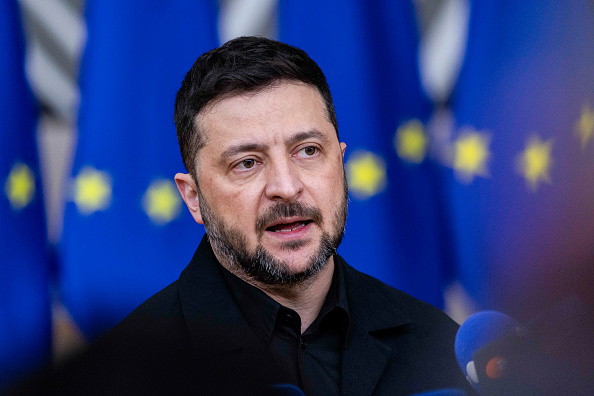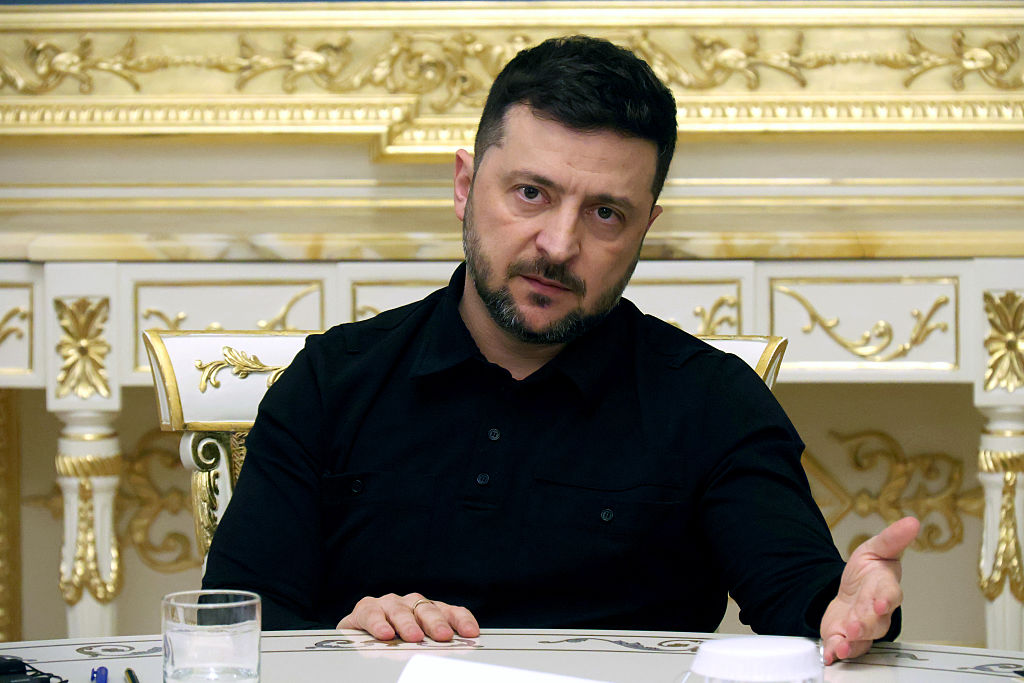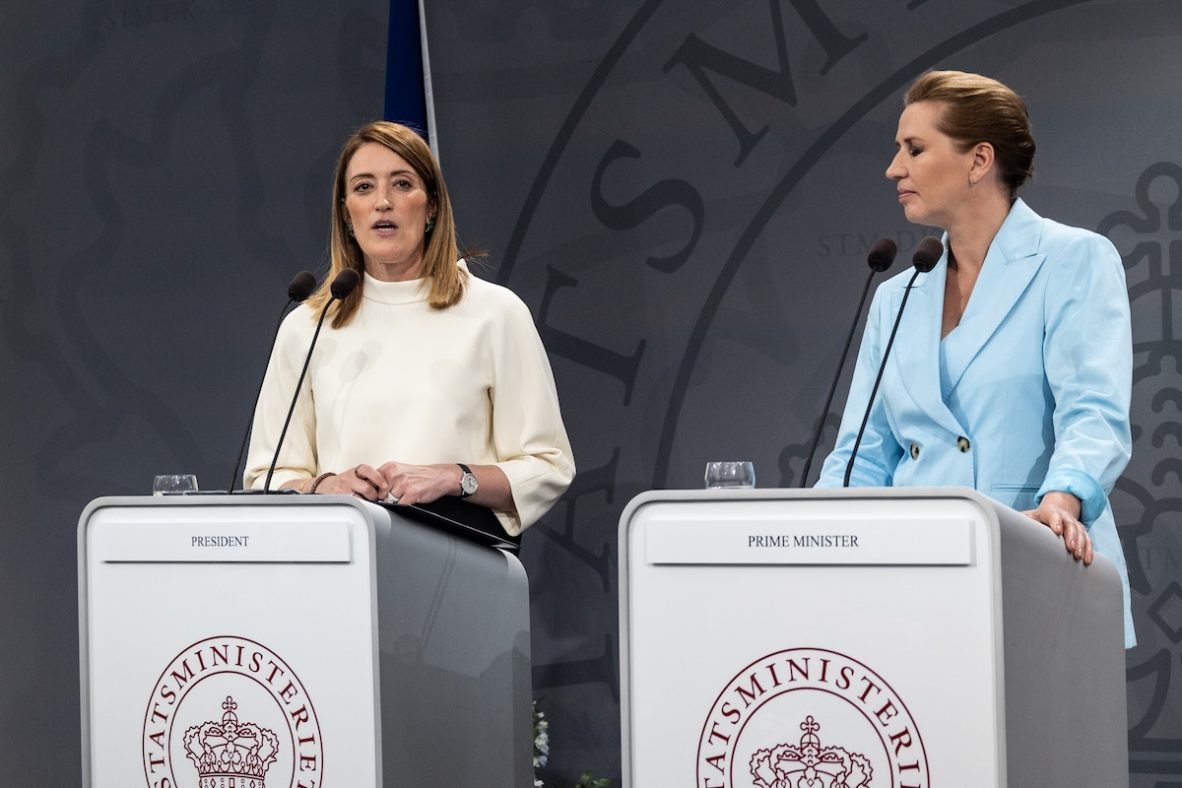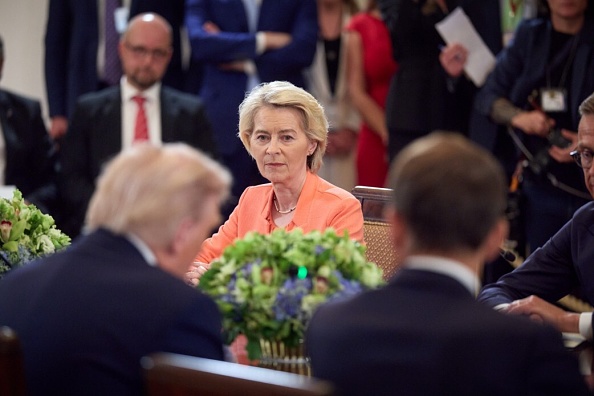Can the EU afford to rebuild Ukraine?
The war-torn country's reconstruction costs are enormous – and Russia's frozen assets are unlikely to help finance them
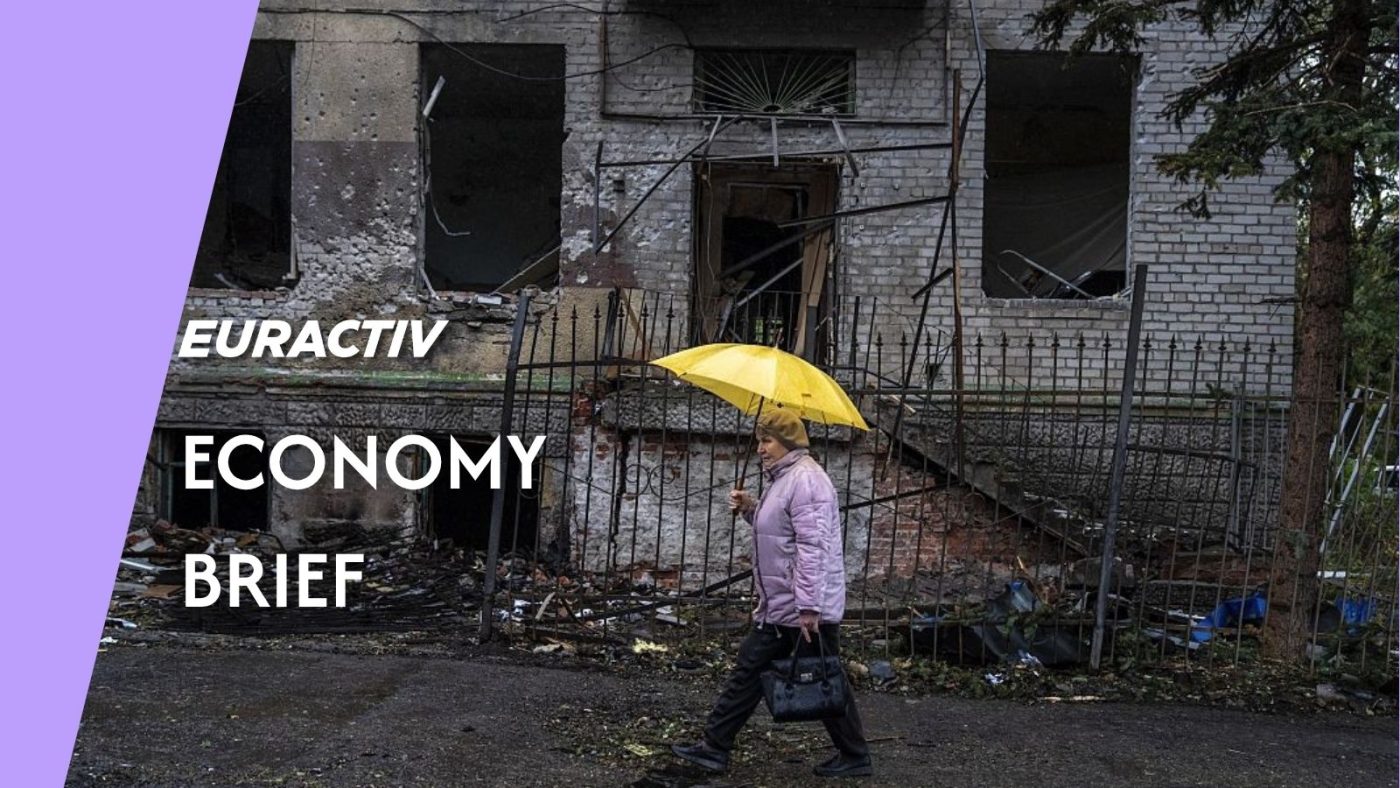
As Russian troops and tanks poured across his country’s borders on the night of February 23, 2022, Volodymyr Zelenskyy delivered a now-famous video address to the Russian people. “War is a great misfortune,” Ukraine’s leader said. “And this misfortune has a high price.”
Zelenskyy added that this statement is true in “in every sense”: for in addition to the death, pain, and immense misery they typically inflict, wars also exact a severe economic toll.
But just how severe, exactly?
In Ukraine’s case, the most authoritative recent assessment was published in February this year, when the United Nations, the European Commission, the World Bank, and the Kyiv government jointly estimated that the country’s reconstruction and recovery will cost €506 billion over the next decade.
The figure is colossal: It is nearly three times Ukraine’s annual GDP and, in today’s money, almost four times larger than the US Marshall Plan, which helped rebuild Europe after World War Two.
It is also, almost certainly, a significant underestimate. The cited amount only assesses damage up until December 31, 2024, and thus doesn’t include the massive destruction unleashed by the Kremlin’s war machine on the country’s civilian infrastructure over the past year.
Moreover, developments this week pertaining to another devastating war – namely, the Israel-Hamas conflict in Gaza, which is now subject to a fragile truce – offer a disturbing omen about Ukraine’s own mounting reconstruction costs.
On Tuesday, the UN estimated that rebuilding the shattered Palestinian enclave will cost “around $70 billion”: roughly a third more than the $53 billion reported back in February.
Even more worryingly – and despite UN claims of “very good indications” of donor support – many experts appear resigned to the fact that Gaza won’t receive the funds it needs to properly rebuild.
“We know that, practically, nobody will give us $70 billion,” said Mamoun Besaiso, a senior advisor on Gaza to the EU and the UN. He added that aid agencies are currently seeking just $20 billion to fund “basic services” for the territory’s two million people, such as food, health, and education.
“Over the last year, I’ve engaged with donors,” Besaiso noted. “They said: ‘Without a sustainable political solution, we are not going to invest $1 in Gaza.’ It doesn’t make sense that Gaza goes into a cycle of construction and destruction forever.”
A different kind of war
Is Ukraine doomed to suffer a similar fate? Or could it receive the funds it needs for its economy to recover and, potentially, thrive?
To be sure, there are some reasons for hope.
For one thing, the sheer intensity of Gaza’s physical destruction means it is genuinely unclear whether it can actually be rebuilt. One recent study estimated it could take four decades just to clear the rubble from the territory’s smashed homes, schools, and hospitals; another UN report released last year found Gaza’s economy could take 350 years to return to its pre-war output. No comparable concerns – which, understandably, spook potential donors – arise in Ukraine’s case.
For another, the private sector will likely play a far greater role in Ukraine’s reconstruction. Estimates by the World Bank and others suggest private firms could finance up to a third of the country’s reconstruction costs, thereby partially alleviating the fiscal concerns of EU governments, many of which are currently running sky-high deficits. By contrast, Gaza’s dire economic fortunes and general instability mean public money will have to cover virtually all of its reconstruction.
Finally, and perhaps most importantly, there is the option of using frozen Russian sovereign assets. In a sense, this is already happening: A loan agreed by the G7 group of rich Western countries last year uses profits generated by the assets to fund a €45 billion loan to Kyiv.
Now, however, the EU is aiming to harness the underlying assets themselves to fund a “reparation loan” to Ukraine of up to €185 billion: money which, together with private-sector cash, could cover the lion’s share of Ukraine’s reconstruction.
“There is no certainty that Ukraine will get enough money for its reconstruction,” said Svitlana Taran, a policy analyst at the European Policy Centre. “This is why the decision about using the Russian assets for the reparation loan is becoming more urgent.”
Tyson Barker, a non-resident senior fellow with the Atlantic Council’s Europe Centre, noted that using the assets is key to avoiding having to ask reluctant EU citizens to cover Ukraine’s financial needs.
“I don’t think that European citizens are ready to pay the cost to cover these holes,” he said on a recent podcast by Bruegel, an EU policy think tank. “Russia has to bear the burden of that cost.”
No silver (Russian) bullet
Unfortunately, it is unlikely this will be enough.
First, even if the loan were used to pay for Ukraine’s reconstruction and the private sector were to fund a third of this effort, this would still leave Kyiv facing financing needs of at least €170 billion – which is roughly equivalent to the total amount of humanitarian, military, and economic aid the EU has given Kyiv since the start of the war.
Second, it is unclear whether the loan will even go ahead. Despite weeks of intense lobbying, the European Commission has still failed to persuade Belgium – which holds most of the Russian assets that were frozen shortly after Moscow’s full-scale invasion – that the scheme is legal and won’t spark a mass exodus of foreign capital from the euro area.
Third, even if the loan does go ahead, it is not guaranteed that it will be used for Ukraine’s reconstruction. German Chancellor Friedrich Merz – a staunch supporter of the scheme – said this week that the funds should be used “exclusively to finance military equipment”. Commission President Ursula von der Leyen, meanwhile, has suggested that at least “part” of the loan should be used to bolster Europe’s own defence sector.
Fourth, and most importantly, any money used for Ukraine’s reconstruction will come on top of the funds required to sustain Kyiv’s security and war effort, which the EU estimates could reach up to €52 billion per year, as well as Ukraine’s own budget needs, which the IMF assesses amount to an additional €52 billion in 2026 and 2027.
In summary: even assuming substantial private sector involvement, it is perfectly possible, if not likely, that close to half a trillion euros’ worth of taxpayer money will be needed to rebuild Ukraine – and that much more will be required just to keep the country’s lights on.
A tragic conceit
Unfortunately, waning US support for Kyiv means the lion’s share of this financial burden will fall on EU taxpayers. This will further strain EU budgets at a time when governments are already struggling to plug a trillion-euro investment gap with the US and China.
Indeed, this is one key way in which Ukraine’s reconstruction differs from Gaza’s, which is likely to be funded in large part by Gulf countries and other regional actors.
“It is clear that a major global financial effort is required to rebuild Ukraine and Gaza, and the EU will fully play its part,” said a Commission spokesperson, adding that it is “too early to say” what the EU’s exact contribution will be.
After several years of war, however, one could legitimately argue that it’s not too early – indeed, that it’s perhaps already too late – for the EU to come clean about just how major this effort will likely be.




